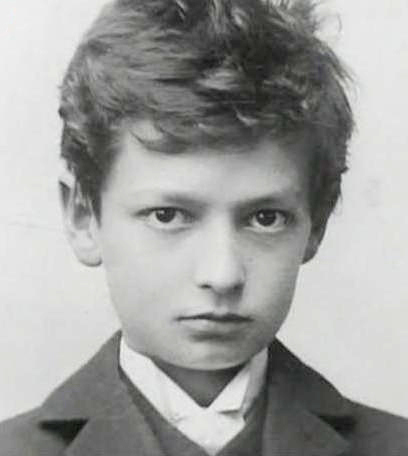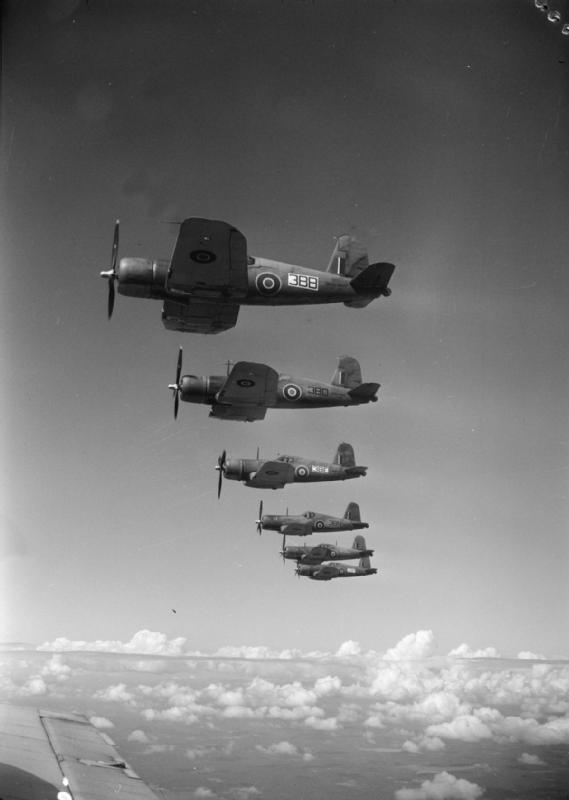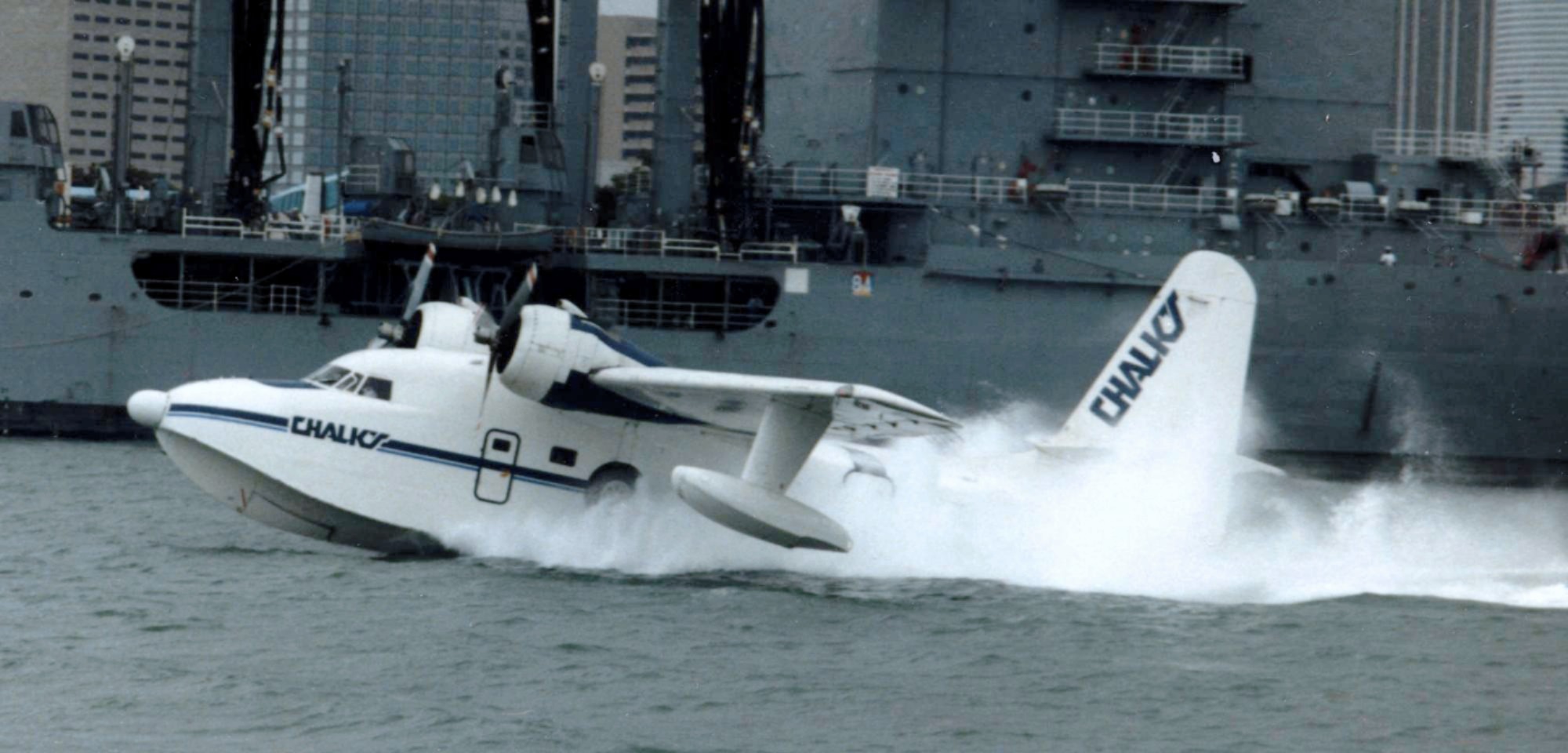|
1922 In Aviation
This is a list of aviation-related events from 1922: Events * The Persian Army forms an air department. *The Argentine Navy opens a naval aviation school. *Brazil studies the possibility of converting two merchant ships into aircraft carriers. Although nothing comes of the idea, it is the first time a Latin American country considers the acquisition of an aircraft carrier. * The first commercial night flight between London and Paris takes place. * The Imperial Japanese Navy attaches rigid airships to the Combined Fleet, and they begin to participate in the fleets exercises. * During an exercise in Tokyo Bay, Imperial Japanese Navy aircraft drop torpedoes for the first time. * The Spanish Navy commissions ''Dédalo'', its only aviation ship until after the end of World War II and the only ship in history equipped to operate airships, balloons, and seaplanes. She and are the only ships ever fitted with an airship mooring mast. * No. 60 Squadron RAF sees active service agains ... [...More Info...] [...Related Items...] OR: [Wikipedia] [Google] [Baidu] |
Spanish Seaplane Carrier Dédalo
''Dédalo'' was a steamship that was built in England in 1901 as the cargo ship ''Neuenfels'' for the German shipping company DDG "Hansa". Spain seized her in 1918 and had her converted into a seaplane tender and balloon carrier, entering Spanish Navy service in 1922. She served in the Rif War, in which her aircraft took part in the Alhucemas landing of French and Spanish forces in 1925. She was decommissioned in 1934 and scrapped in 1940. ''Dédalo'' is Spanish for Daedalus. This is the first of two Spanish Navy ships to bear the name. The second was the former United States Navy aircraft carrier , which Spain borrowed in 1967, bought in 1972 and decommissioned in 1989. Building In 1901 Wigham Richardson built four ships with consecutive yard numbers at its Neptune Yard in Low Walker on the River Tyne for the DDG "Hansa" shipping line. Three were sister ships: ''Argenfels'' launched in 7 January, ''Neuenfels'' launched on 19 April and ''Scharzfels'' launched on 5 June. The o ... [...More Info...] [...Related Items...] OR: [Wikipedia] [Google] [Baidu] |
Hermann Oberth
Hermann Julius Oberth (; 25 June 1894 – 28 December 1989) was an Austria-Hungary, Austro-Hungarian-born German physicist and rocket pioneer of Transylvanian Saxons, Transylvanian Saxon descent. Oberth supported Nazi Germany's war effort and received the War Merit Cross, War Merit Cross (1st Class) in 1943.'''' Early life Oberth was born into a Transylvanian Saxons, Transylvanian Saxon family in Nagyszeben (Hermannstadt), Kingdom of Hungary (today Sibiu in Romania); and besides his native German language, German, he was fluent in Hungarian language, Hungarian and Romanian language, Romanian as well. At the age of 11, Oberth's interest in rocketry was sparked by the novels of Jules Verne, especially ''From the Earth to the Moon'' and ''Around the Moon''. He was fond of reading them over and over until they were engraved in his memory. As a result, Oberth constructed his first model rocket as a school student at the age of 14. In his youthful experiments, he arrived independentl ... [...More Info...] [...Related Items...] OR: [Wikipedia] [Google] [Baidu] |
Vought
Vought was the name of several related American aerospace firms. These have included, in the past, Lewis and Vought Corporation, Chance Vought, Vought-Sikorsky, LTV Aerospace (part of Ling-Temco-Vought), Vought Aircraft Companies, and Vought Aircraft Industries. The first incarnation of Vought was established by Chance M. Vought and Birdseye Lewis in 1917. In 1928, it was acquired by United Aircraft and Transport Corporation, which a few years later became United Aircraft Corporation; this was the first of many reorganizations and buyouts. During the 1920s and 1930s, Vought Aircraft and Chance Vought specialized in carrier-based aircraft for the United States Navy, by far its biggest customer. Chance Vought produced thousands of planes during World War II, including the F4U Corsair. Vought became independent again in 1954, and was purchased by Ling-Temco-Vought (LTV) in 1961. The company designed and produced a variety of planes and missiles throughout the Cold War. Vou ... [...More Info...] [...Related Items...] OR: [Wikipedia] [Google] [Baidu] |
Pennsylvania
Pennsylvania, officially the Commonwealth of Pennsylvania, is a U.S. state, state spanning the Mid-Atlantic (United States), Mid-Atlantic, Northeastern United States, Northeastern, Appalachian, and Great Lakes region, Great Lakes regions of the United States. It borders Delaware to its southeast, Maryland to its south, West Virginia to its southwest, Ohio and the Ohio River to its west, Lake Erie and New York (state), New York to its north, the Delaware River and New Jersey to its east, and the Provinces and territories of Canada, Canadian province of Ontario to its northwest via Lake Erie. Pennsylvania's most populous city is Philadelphia. Pennsylvania was founded in 1681 through a royal land grant to William Penn, the son of William Penn (Royal Navy officer), the state's namesake. Before that, between 1638 and 1655, a southeast portion of the state was part of New Sweden, a Swedish Empire, Swedish colony. Established as a haven for religious and political tolerance, the B ... [...More Info...] [...Related Items...] OR: [Wikipedia] [Google] [Baidu] |
Alexandria, Pennsylvania
Alexandria is a borough in Huntingdon County, Pennsylvania, United States. The population was 388 at the 2020 census. Geography According to the United States Census Bureau, the borough has a total area of , all land. Demographics As of the census of 2000, there were 346 people and 139 households within the borough. The population density was . There were 160 housing units at an average density of . The racial makeup of the borough was 98.55% White, 0.29 African American, 0.29% Asian, 0.29% from other races, and 0.58% from two or more races. Hispanic or Latino of any race were 1.45% of the population. There were 139 households, out of which 32.4% had children under the age of 18 living with them, 47.0% were married couples living together, 16.1% had a female householder with no husband present, and 28.2% were non-families. 25.5% of all households were made up of individuals, and 10.7% had someone living alone who was 65 years of age or older. The average household size wa ... [...More Info...] [...Related Items...] OR: [Wikipedia] [Google] [Baidu] |
Berliner Aircraft Company
Berliner is most often used to designate a citizen of Berlin, Germany Berliner may also refer to: People * Berliner (surname) Places * Berliner Lake, a lake in Minnesota, United States * Berliner Philharmonie, concert hall in Berlin, Germany * Berliner See, a lake in Mecklenburg-Vorpommern, Germany * Berliner Straße (other), multiple streets in Germany with the name Arts, entertainment, media * Berliner (format), a paper size in newspapers * '' Berliner Abendblatt'', the leading weekly newspaper in Berlin * Berliner Ensemble, a German theatre company * ''Berliner Kurier'', a regional daily tabloid * '' Berliner Messe'', or ''Berlin Mass'', a mass by Arvo Pärt * ''Berliner Morgenpost'', 2nd most read newspaper in Berlin * Berliner Symphoniker, symphony orchestra in Berlin * '' Berliner Verkehrsblätter'', a journal on public transport in Berlin * '' Berliner Woche'', advertising weekly in Berlin * ''Berliner Zeitung'', daily newspaper in Berlin * ''The Berline ... [...More Info...] [...Related Items...] OR: [Wikipedia] [Google] [Baidu] |
Henry Berliner
Henry Adler Berliner (December 13, 1895 – May 1, 1970) was a United States aircraft and helicopter pioneer. Sixth son of inventor Emile Berliner, he was born in Washington, D.C. He studied mechanical engineering at Cornell University for two years before attending Massachusetts Institute of Technology. After a short time as aerial photographer with the Army Air Service, in 1919 Henry moved back to Washington to help his father with the helicopter research that had been underway for many years (since 1903 New International Encyclopedia). Using a Le Rhône engine of 80 hp mounted on a test stand, Henry was able to hover and move forward, but only with assistants holding on to stabilize the contraption. In 1922, he bought a surplus Nieuport 23 fighter's fuselage, added a Bentley 220 hp engine on the front, and connected it by geared shafts to two horizontal rotors mounted on a truss extending sideways from the fuselage. A third horizontal rotor at the rear provided ... [...More Info...] [...Related Items...] OR: [Wikipedia] [Google] [Baidu] |
India
India, officially the Republic of India, is a country in South Asia. It is the List of countries and dependencies by area, seventh-largest country by area; the List of countries by population (United Nations), most populous country since 2023; and, since its independence in 1947, the world's most populous democracy. Bounded by the Indian Ocean on the south, the Arabian Sea on the southwest, and the Bay of Bengal on the southeast, it shares land borders with Pakistan to the west; China, Nepal, and Bhutan to the north; and Bangladesh and Myanmar to the east. In the Indian Ocean, India is near Sri Lanka and the Maldives; its Andaman and Nicobar Islands share a maritime border with Thailand, Myanmar, and Indonesia. Modern humans arrived on the Indian subcontinent from Africa no later than 55,000 years ago., "Y-Chromosome and Mt-DNA data support the colonization of South Asia by modern humans originating in Africa. ... Coalescence dates for most non-European populations averag ... [...More Info...] [...Related Items...] OR: [Wikipedia] [Google] [Baidu] |
Northwest Frontier Province
The North-West Frontier Province (NWFP; ) was a province of British India from 1901 to 1947, of the Dominion of Pakistan from 1947 to 1955, and of the Islamic Republic of Pakistan from 1970 to 2010. It was established on 9 November 1901 from the north-western districts of the British Punjab, during the British Raj. Following the referendum in 1947 to join either Pakistan or India, the province voted hugely in favour of joining Pakistan and it acceded accordingly on 14 August 1947. It was dissolved to form a unified province of West Pakistan in 1955 upon promulgation of One Unit Scheme and was reestablished in 1970. It was known by this name until 19 April 2010, when it was dissolved and redesignated as the province of Khyber Pakhtunkhwa following the enactment of the Eighteenth Amendment to the Constitution of Pakistan. The province covered an area of , including much of the current Khyber Pakhtunkhwa province but excluding the Federally Administered Tribal Areas and the fo ... [...More Info...] [...Related Items...] OR: [Wikipedia] [Google] [Baidu] |
Mooring Mast
A mooring mast, or mooring tower, is a structure designed to allow for the docking of an airship outside of an airship hangar or similar structure. More specifically, a mooring mast is a mast or tower that contains a fitting on its top that allows for the bow of the airship to attach its mooring line to the structure. When it is not necessary or convenient to put an airship into its hangar (or shed) between flights, airships can be moored on the surface of land or water, in the air to one or more wires, or to a mooring mast. After their development mooring masts became the standard approach to mooring airships as considerable manhandling was avoided.Williams, T, 2009 (Reissue), "Airship Pilot No. 28", Darcy Press, UK, Mast types Airship mooring masts can be broadly divided into fixed high masts and fixed or mobile low (or ‘stub’) masts. In the 1920s and 1930s masts were built in many countries. At least two were mounted on ships. Without doubt the tallest mooring ma ... [...More Info...] [...Related Items...] OR: [Wikipedia] [Google] [Baidu] |
Seaplane
A seaplane is a powered fixed-wing aircraft capable of takeoff, taking off and water landing, landing (alighting) on water.Gunston, "The Cambridge Aerospace Dictionary", 2009. Seaplanes are usually divided into two categories based on their technological characteristics: floatplanes and flying boats; the latter are generally far larger and can carry far more. Seaplanes that can also take off and land on airfields are in a subclass called amphibious aircraft, or amphibians. Seaplanes were sometimes called ''hydroplanes'', but currently this term applies instead to Hydroplane (boat), motor-powered watercraft that use the technique of Planing (boat), hydrodynamic lift to skim the surface of water when running at speed. The use of seaplanes gradually tapered off after World War II, partially because of the investments in airports during the war but mainly because landplanes were less constrained by weather conditions that could result in sea states being too high to operate seaplanes ... [...More Info...] [...Related Items...] OR: [Wikipedia] [Google] [Baidu] |





